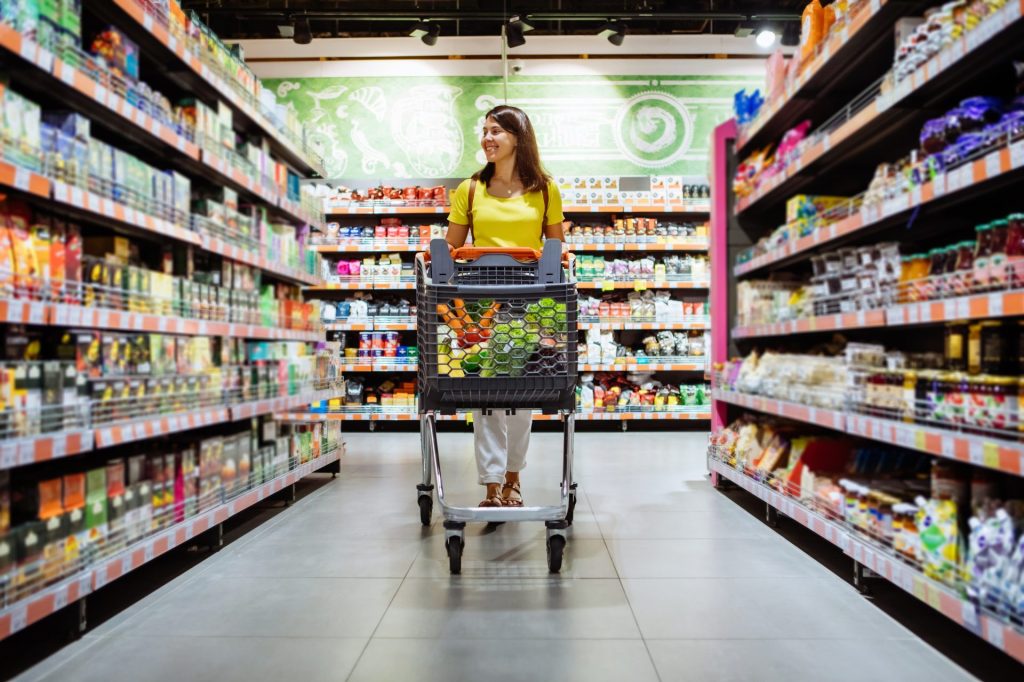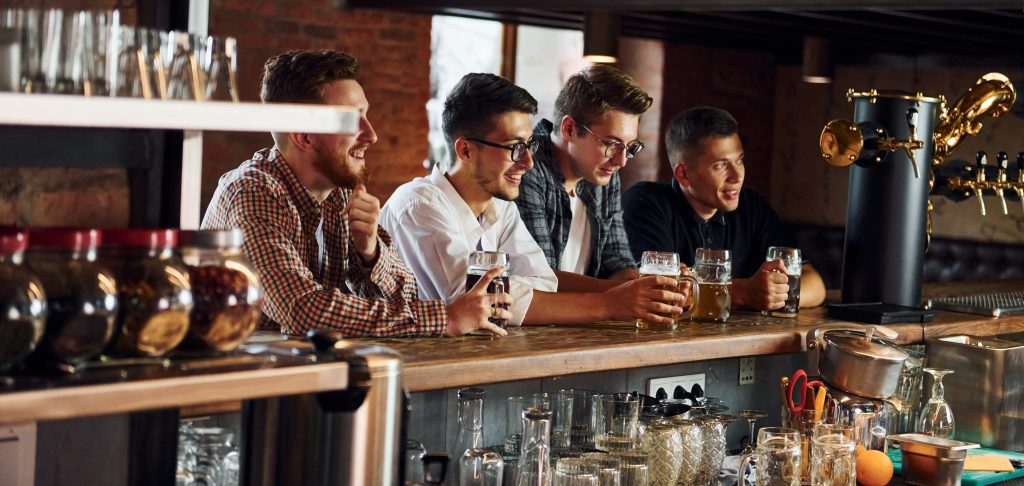A closer look at UK shopping occasions
Context provides perspective, and perspective reduces risk. We all want to do the latter, but I would argue that we rarely invest in a good enough lens. Worse, we often don’t know when it’s not the right one.
Over the last couple of years there’s been much said about Great Britain’s households shopping increasingly frequently, but if we look back far enough, we can see that, at a top line level at least, we’ve all but made it back to pre-pandemic levels.
If anything, we’ve found a level just shy of where it was before.
Re-examining UK shoppers’ “new normal”
As shoppers, the rhythm to our grocery shopping for many years was relatively consistent; slowly evolving at best, rather than rapid change. And why would it be any different? We mostly fit groceries into and around our lives, not the other way around.
Lockdown brought the shock and reset to our routines that, to a certain degree (and with a pinch of cynicism) the grocery industry had been claiming had happened regularly in the years prior— but finally we had some notable change to our behaviour, albeit quite forced.
And with the subsequent societal and lifestyle changes that have followed, what’s fascinating is just how long it’s taking us to find that “new normal,” that, again with some cynicism, has been repeatedly announced for 3 years now.
But shopping frequency finding a similar level to before doesn’t tell the whole story and without the fuller picture you can very easily miss an opportunity.
Beneath the surface are some shifts in the types of trips — the missions — we make:
A closer look at UK shopping occasions
There are some very relatable things we can read from the chart above – both then and now.
When we imagine grocery shopping, we tend to think of large trollies and long receipts, but in fact we’re much more likely to shop for a more immediate need (a treat for today, dinner for tonight, targeted non-food) with an average spend around £10 and under.
Yes, in terms of spend, the large trips punch a bigger hole in our wallets, but there is a significant dynamic we shouldn’t ignore.
In the blink of an eye, we now spend nearly 30% of our money on trips to satisfy our more immediate needs—trips with an average spend of around £10, with our spending on the larger trips reducing.
Looking ahead…..
In the last couple of years, smaller, focused trips have clearly gained significance, and as they do, a supporting “weekly refresh” also gains traction. If we play this forward …
Immediate needs will dominate
… within 5 years we could easily see a much more even balance in our investment in the extremes, our “immediate vs. future needs.” Beyond that, we could easily see “stocking up” play a relatively minor role in our psyche.
If anything, these are underestimates – applying recent trends in behavior to what the current marketplace offers – and as the industry double clicks on this more we’d expect a much faster progression than indicated above.
They’re also based on total spending on all groceries taken home – in store and online, which makes you stand up and think even more.
It’s around the corner:
- Only 1 in 20 trips to a supermarket of a nature that requires significant spend, a big trolley, a big car, even.
- ¾ of a shopper’s annual spend on groceries for things they want and envisage now (or soon), not later, or in case
The industry has much food for thought in order to best connect how shoppers plan and think about their groceries with the experience and choices they can make in store. A real shift in “what have we got in”, to “what do I fancy” – boom time for marketing and innovation.
You may have heard this before, but the signs are clearer than ever, if you use the right lens.

Shape your strategy with a 360-degree view of your shoppers
Find out more by connecting with one of our shopper experts today





